Home>Furniture>Outdoor Furniture>How To Remove Grease From Patio Pavers
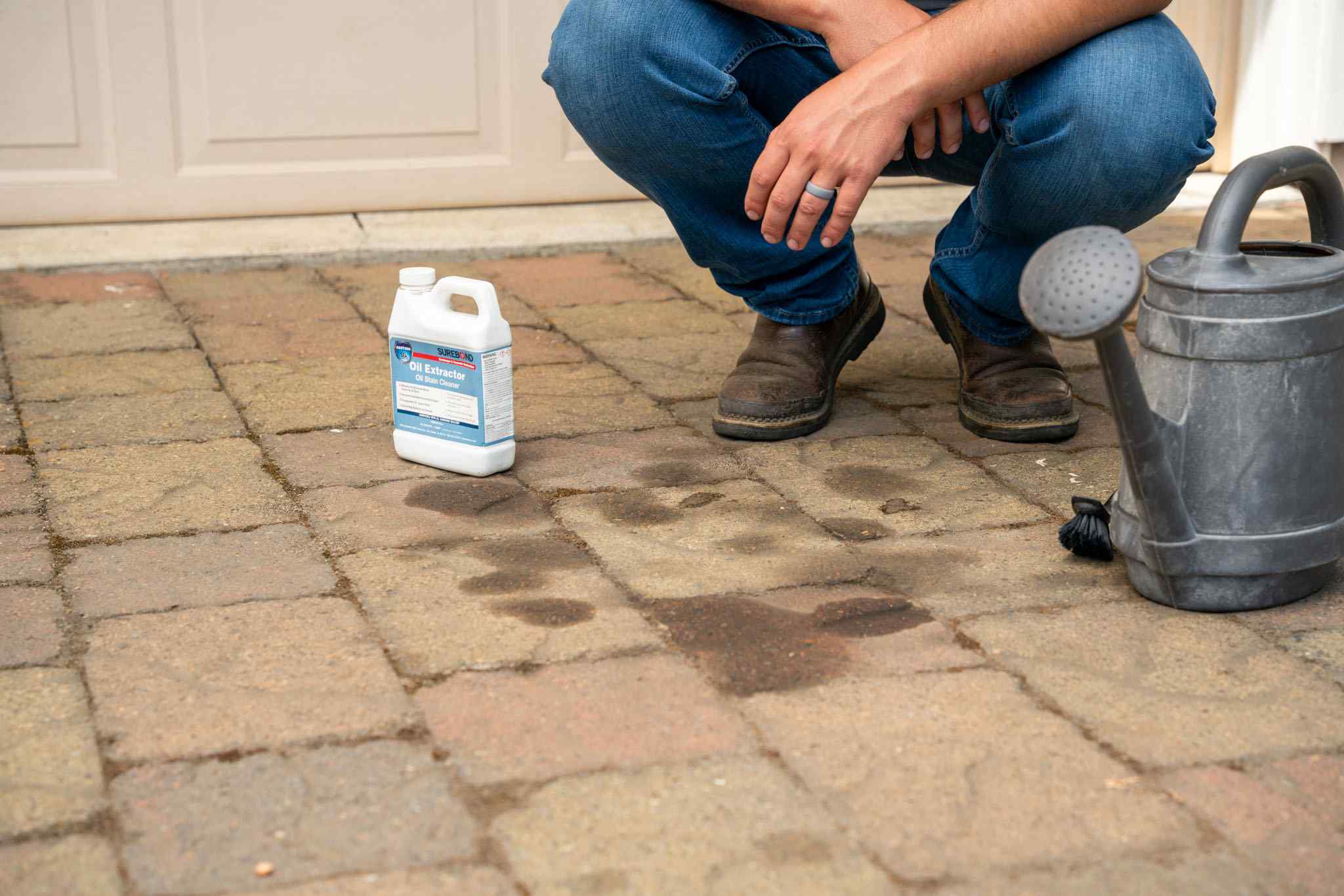

Outdoor Furniture
How To Remove Grease From Patio Pavers
Modified: March 7, 2024
Looking for a way to remove grease from your patio pavers? Discover effective outdoor furniture cleaning tips and tricks to restore your space to its pristine condition.
(Many of the links in this article redirect to a specific reviewed product. Your purchase of these products through affiliate links helps to generate commission for Storables.com, at no extra cost. Learn more)
Introduction
Greetings outdoor enthusiasts! If you’re a proud owner of a patio adorned with beautiful pavers, you know how easily grease stains can find their way onto these surfaces. Whether it’s from a cooking mishap or an accidental spill, grease can quickly become an eyesore on your patio. But fear not! In this article, we will provide you with a comprehensive guide on how to effectively remove grease from patio pavers, allowing you to restore their pristine appearance.
Before we dive into the step-by-step process, it’s important to mention that the method you select for grease stain removal may depend on the type of pavers you have. Different materials, such as concrete, natural stone, or clay, may have specific cleaning requirements. It’s always a good idea to consult the manufacturer’s guidelines before proceeding.
Without further ado, let’s gather our cleaning arsenal and get ready to bid farewell to those unsightly grease stains!
Key Takeaways:
- Say goodbye to grease stains on your patio pavers by gathering materials, applying a degreaser, scrubbing, and rinsing thoroughly. Repeat if necessary for a pristine outdoor space!
- Prepare, apply, scrub, rinse, and repeat if needed to banish grease from your patio pavers. Restore your outdoor haven with perseverance and the right cleaning techniques!
Read more: How To Remove Grease From A Patio
Step 1: Gather the necessary materials
Before you embark on your grease stain removal mission, it’s essential to gather all the necessary materials. Having everything prepared beforehand will make the process smoother and more efficient. Here’s what you’ll need:
- A stiff-bristled brush or broom: This will be used to scrub the pavers and remove stubborn grease stains.
- Hot water: Heat helps to break down the grease, making it easier to remove.
- Dish soap or detergent: A gentle dish soap or a commercial detergent specifically designed for degreasing will be effective in removing the grease from the pavers.
- Degreaser: Depending on the severity of the grease stains, you may need a specialized degreaser. Look for one that is safe to use on your specific type of pavers.
- Protective gloves: To protect your hands from the cleaning agents, it’s advisable to wear a pair of sturdy gloves.
- Bucket or garden hose: You’ll need either a bucket filled with hot water or a garden hose to rinse the pavers after cleaning.
- Scrub brush or sponge: Use a brush or sponge to apply the cleaning solution and scrub the grease stains.
- Optional: Pressure washer or steam cleaner: If you have access to a pressure washer or steam cleaner, it can be a powerful tool to aid in removing stubborn grease stains.
Once you have all the materials ready, you’re prepared to tackle even the toughest grease stains on your patio pavers. With a little effort and the right cleaning techniques, your pavers will soon be restored to their former glory. Now, let’s move on to the next step and prepare the affected area!
Step 2: Prepare the affected area
Now that you have gathered all the necessary materials, it’s time to prepare the affected area before applying any cleaning solution. This step is crucial as it helps to protect surrounding surfaces and ensures that the cleaning process is concentrated on the grease stains. Follow these steps to properly prepare the area:
- Clear the area: Remove any furniture, plants, or other items from the patio to create a clear workspace. This will allow you to have unrestricted access to the grease-stained pavers.
- Sweep or brush the surface: Use a broom or stiff-bristled brush to sweep away loose debris, dirt, and leaves. This will help prevent the grease stains from spreading and mixing with any loose dirt.
- Contain the affected area: If the grease stains are localized, you can use a container or plastic barrier to contain the affected area. This will help prevent the cleaning solution from spreading to other parts of the patio.
- Protect nearby surfaces: If there are any nearby surfaces, such as walls or furniture, that could be affected by the cleaning solution, cover them with plastic sheeting or towels to provide protection.
- Test the cleaning solution: Before applying the cleaning solution to the entire grease-stained area, it’s a good idea to test it on a small, inconspicuous area of the pavers. This will ensure that the cleaning solution is safe to use on your specific type of pavers and won’t cause any discoloration or damage.
By properly preparing the affected area, you will be able to focus your cleaning efforts on the grease stains and minimize the risk of any collateral damage. Once you have completed these steps, you’re ready to move on to the next step, where we will apply a degreaser to tackle those stubborn stains. Stay tuned!
Step 3: Apply a degreaser
Now that you have prepared the affected area, it’s time to tackle those stubborn grease stains using a degreaser. A degreaser is specifically designed to break down and dissolve greasy substances, making it an effective solution for removing grease from patio pavers. Follow these steps to apply the degreaser:
- Read the instructions: Before using any degreaser, carefully read the instructions provided by the manufacturer. Follow the recommended dilution ratios and safety precautions to ensure proper usage.
- Mix the degreaser: If the degreaser needs to be diluted with water, do so according to the instructions. Use a bucket and mix the degreaser with the appropriate amount of water as specified.
- Apply the degreaser: Using a brush, sponge, or sprayer, apply the degreaser generously onto the grease-stained surface of the pavers. Make sure to cover all the affected areas thoroughly.
- Let it sit: Allow the degreaser to sit on the stains for the recommended amount of time specified by the manufacturer. This will give the degreaser enough time to penetrate the grease and break it down.
- Avoid direct sunlight: If the manufacturer’s instructions recommend it, keep the area shaded from direct sunlight while the degreaser is working. This prevents the degreaser from drying out too quickly.
During this step, the degreaser will start to loosen and dissolve the grease stains, making them easier to remove. The amount of time you should leave the degreaser on will depend on the severity of the stains. Be sure to take the manufacturer’s recommendations into account. Once the degreaser has had sufficient time to work its magic, it’s time to move on to the next step: scrubbing the pavers!
Use a mixture of hot water and dish soap to scrub the grease stains on your patio pavers. For tougher stains, sprinkle baking soda on the affected area and scrub with a brush. Rinse with water.
Step 4: Scrub the pavers
After allowing the degreaser to sit on the grease stains and work its magic, it’s time to roll up your sleeves and scrub those pavers. Scrubbing will help agitate the grease stains and remove them from the surface of the pavers. Follow these steps to effectively scrub the pavers:
- Use a stiff-bristled brush: Select a stiff-bristled brush or broom that is appropriate for the material of your pavers. This will help you effectively scrub away the grease stains without causing damage to the surface.
- Dip the brush in hot water: To enhance the cleaning power, dip the brush in hot water before scrubbing. The heat will help soften any remaining grease and make it easier to remove.
- Scrub vigorously: Using firm pressure, scrub the pavers in a back-and-forth motion, focusing on the areas with grease stains. Pay extra attention to any deep-seated stains or stubborn spots. Keep scrubbing until you notice the stains starting to lift.
- Apply more degreaser if needed: If some grease stains prove to be more stubborn, you may need to reapply the degreaser and allow it to sit for a few more minutes before scrubbing again.
- Work in small sections: To ensure thorough cleaning, work in small sections at a time. This will allow you to concentrate your efforts and prevent the degreaser from drying out before you have a chance to scrub it.
Scrubbing the pavers may require some elbow grease, especially for deep or persistent grease stains. Be patient, and continue scrubbing until the stains start to fade. Once you’re satisfied with the results, it’s time to move on to the next step: rinsing the area thoroughly.
Read more: How To Remove Mold From Patio Pavers
Step 5: Rinse the area
After all that scrubbing, it’s time to rinse off the degreaser and any loosened grease from the pavers. Rinsing the area thoroughly will help remove any remaining residue and ensure a clean and fresh patio surface. Follow these steps to properly rinse the area:
- Prepare a bucket of clean water or use a garden hose: Fill a bucket with clean water or use a garden hose with a sprayer attachment. The water should be at a moderate temperature, not too hot or cold.
- Starting from the top: Begin rinsing the area from the top, allowing the water to flow down and wash away any remaining degreaser and grease. This will prevent any streaks or residues from forming on lower areas.
- Work in sections: Just like with scrubbing, work in small sections at a time to ensure thorough rinsing. This will help you concentrate the water flow on specific areas and remove any remaining residues.
- Rinse multiple times if necessary: If you notice any lingering residue or grease, repeat the rinsing process until the water runs clear and free from any contaminants.
- Check for any missed spots: After the initial rinsing, inspect the pavers for any missed spots or areas that still have grease stains. If you discover any, go back and give them some extra attention with a brush and water.
Rinsing the area is a crucial step in the cleaning process, as it ensures that all traces of degreaser and grease are completely removed from the pavers. Once you’re confident that the area has been thoroughly rinsed, it’s time to move on to the final step: evaluating the results and repeating the process if necessary.
Step 6: Repeat if necessary
After following the previous steps and rinsing the area, take a few moments to evaluate the results. If the grease stains have been successfully removed and your patio pavers are looking clean and rejuvenated, congratulations! But if there are still lingering grease stains or areas that require further attention, don’t fret. You may need to repeat the process to achieve the desired results. Here’s what you should do:
- Assess the remaining stains: Take a close look at the pavers and identify any areas that still have visible grease stains or residue. Pay attention to deeply ingrained or stubborn spots.
- Apply additional degreaser: If there are stubborn stains, apply another round of degreaser to the affected areas. Allow it to sit for the recommended duration as stated by the manufacturer.
- Scrub and rinse: Once again, scrub the pavers using a stiff-bristled brush and hot water. Follow it up with a thorough rinsing using clean water, making sure to remove all traces of the degreaser and grease.
- Repeat as necessary: If there are still visible stains after the second round, repeat the process as needed until the grease stains are completely eliminated.
It’s important to remember that some grease stains, especially those that have been on the pavers for an extended period, may require multiple cleaning attempts. Be patient, persistent, and don’t be discouraged if you don’t achieve perfect results on the first try. With perseverance and proper cleaning techniques, you’ll eventually triumph over those stubborn grease stains!
By following these steps and repeating the process if necessary, you’ll be able to remove even the toughest grease stains from your patio pavers. So, don’t give up and keep at it until your pavers look flawless. Once you’re satisfied with the results, take a step back and admire your clean and grease-free outdoor haven!
Conclusion
Congratulations! You have successfully learned how to remove grease from your patio pavers. With the right materials, preparation, and cleaning techniques, you can revive the beauty of your outdoor space and wave goodbye to those unsightly grease stains. Here’s a quick recap of the steps:
- Gather the necessary materials, including a degreaser and a stiff-bristled brush.
- Prepare the affected area by clearing it, sweeping the surface, and protecting nearby surfaces.
- Apply a degreaser, following the manufacturer’s instructions, and let it sit to break down the grease.
- Scrub the pavers using a stiff-bristled brush, applying pressure to remove the grease stains.
- Rinse the area thoroughly, working in sections, until the water runs clear and free from any residues.
- Repeat the process if necessary, assessing any remaining stains and applying additional degreaser and scrubbing as needed.
Remember, different types of pavers may require specific cleaning techniques, so always consult the manufacturer’s guidelines. Additionally, it’s important to protect yourself by wearing gloves and carefully handling cleaning agents.
By following these steps and persevering through the cleaning process, you can restore the beauty of your patio pavers and create a welcoming and pristine outdoor space for you and your loved ones to enjoy. So, grab your cleaning supplies and get ready to say goodbye to those stubborn grease stains. Here’s to a cleaner, more inviting outdoor area!
Frequently Asked Questions about How To Remove Grease From Patio Pavers
Was this page helpful?
At Storables.com, we guarantee accurate and reliable information. Our content, validated by Expert Board Contributors, is crafted following stringent Editorial Policies. We're committed to providing you with well-researched, expert-backed insights for all your informational needs.
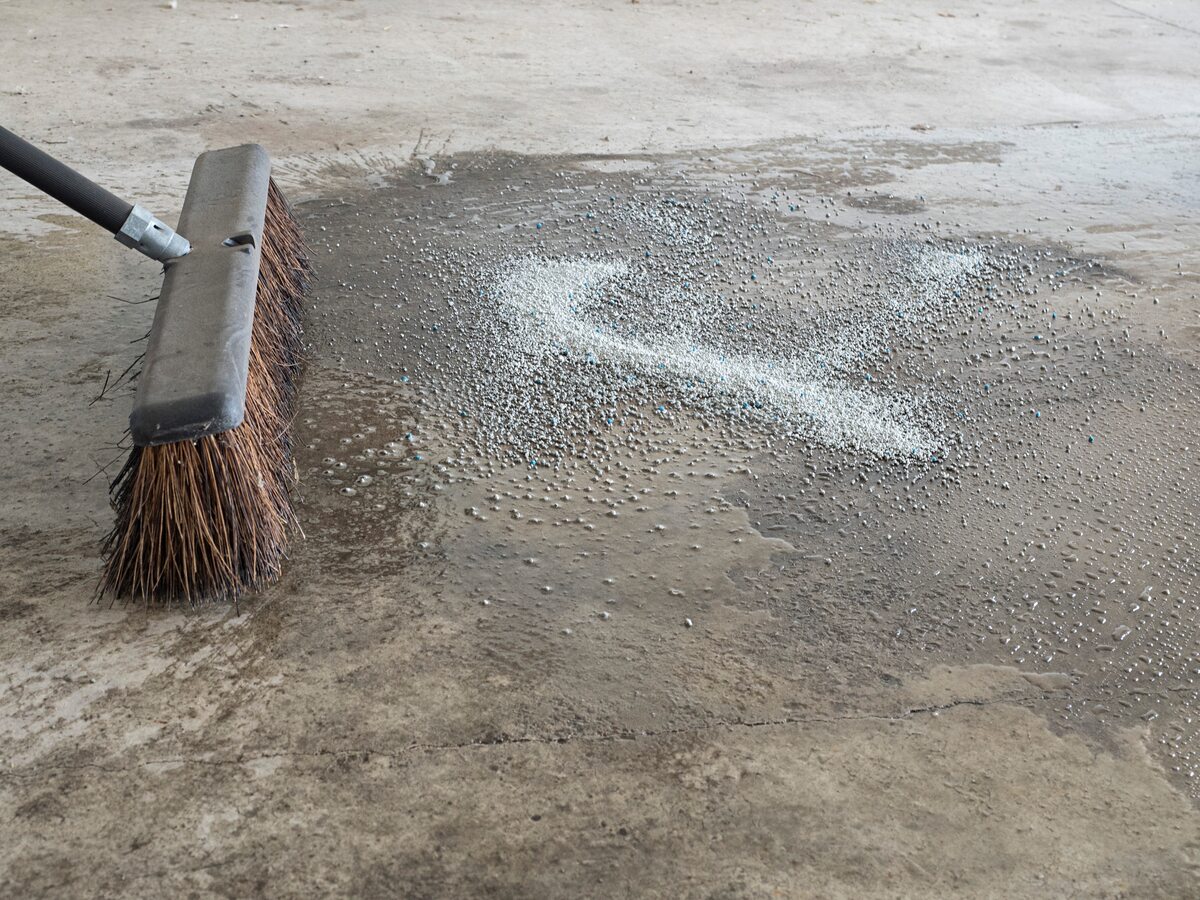

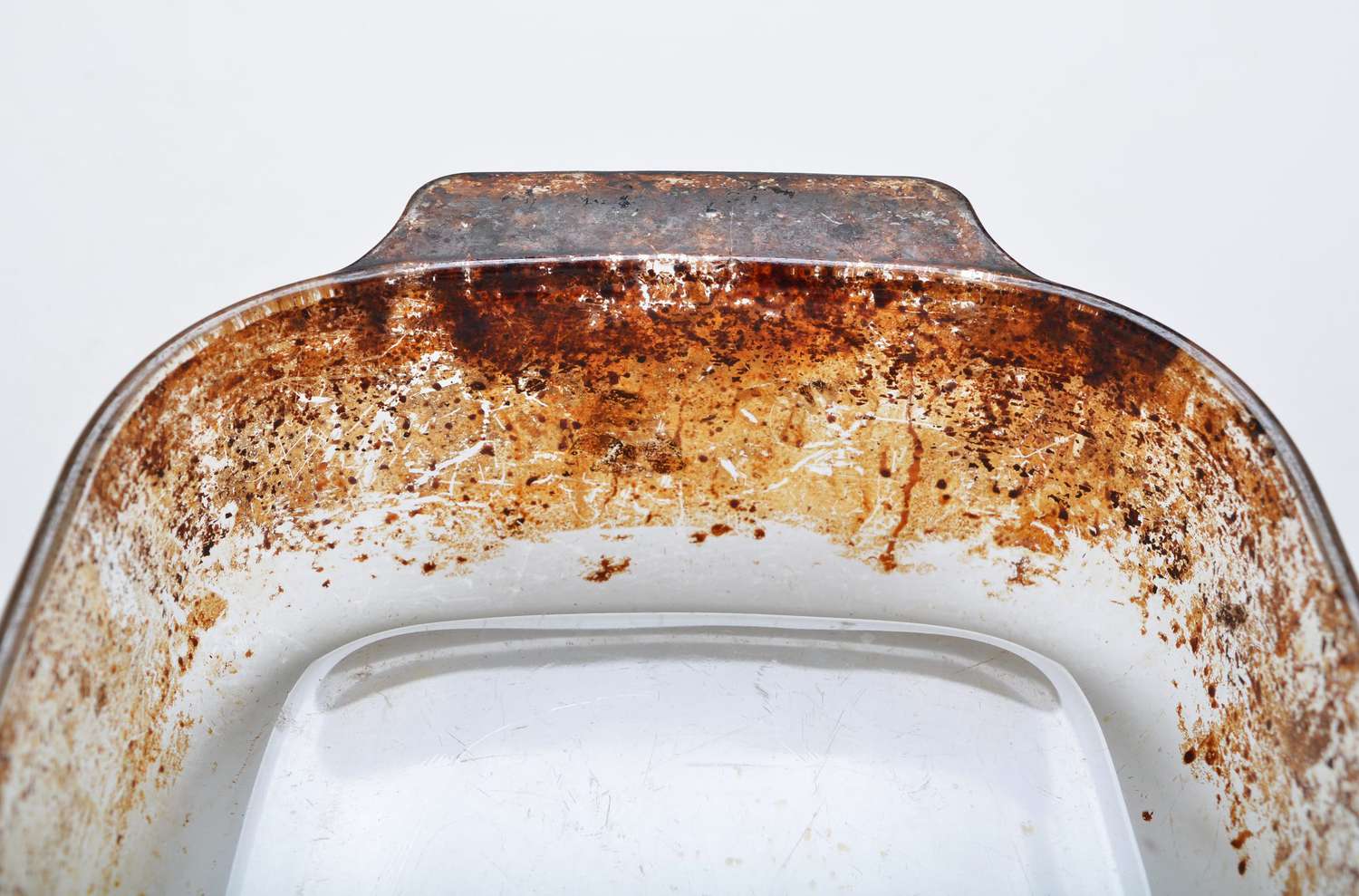
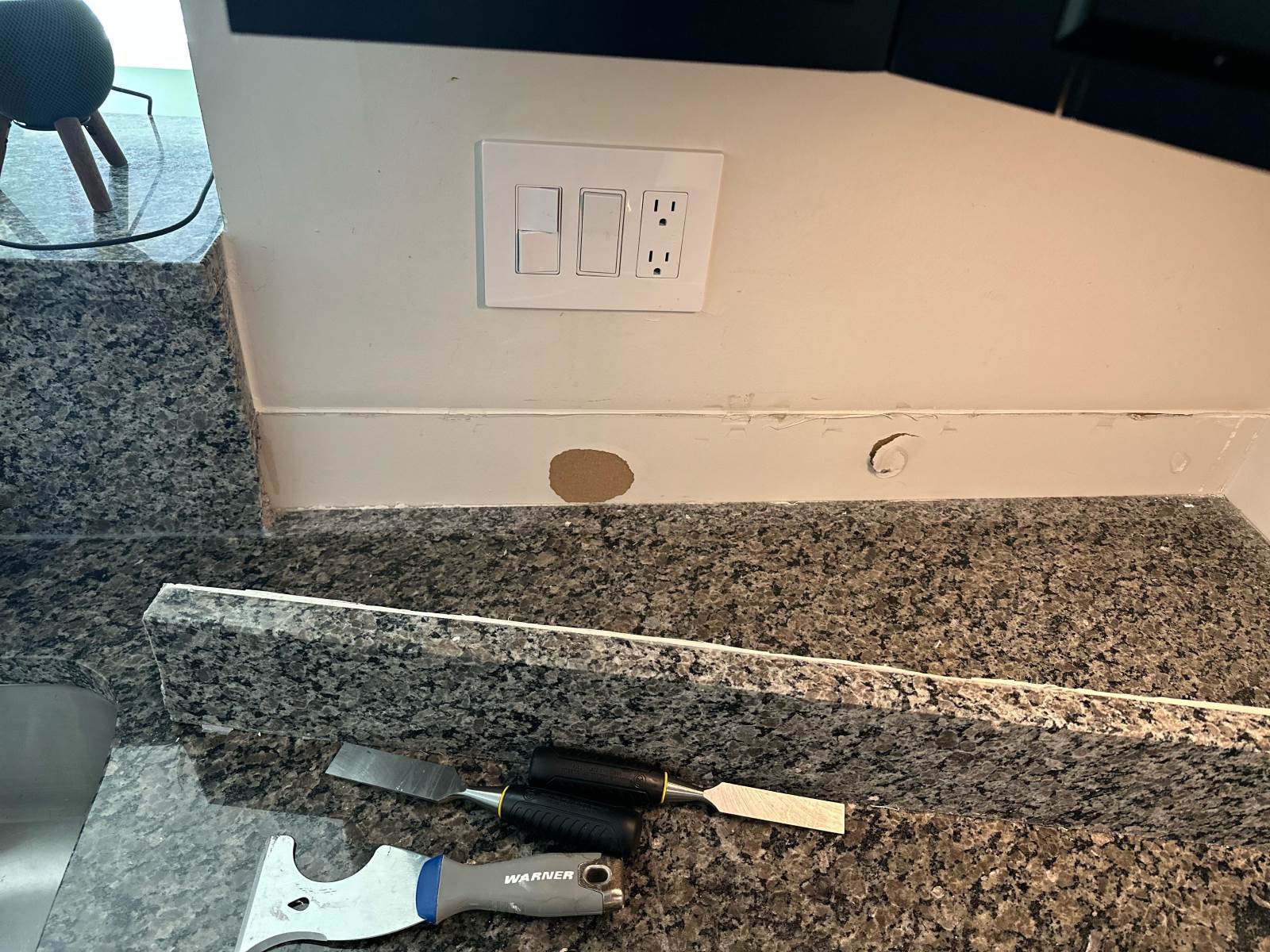
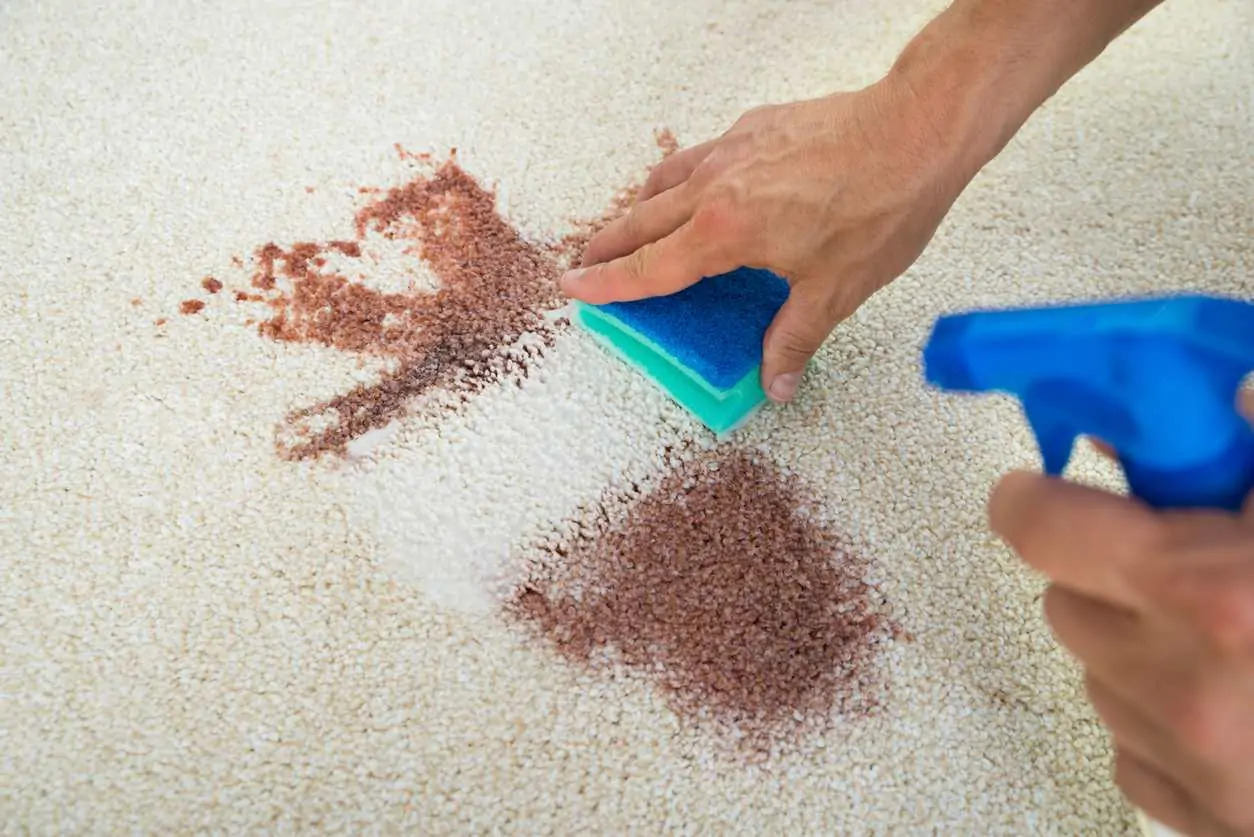
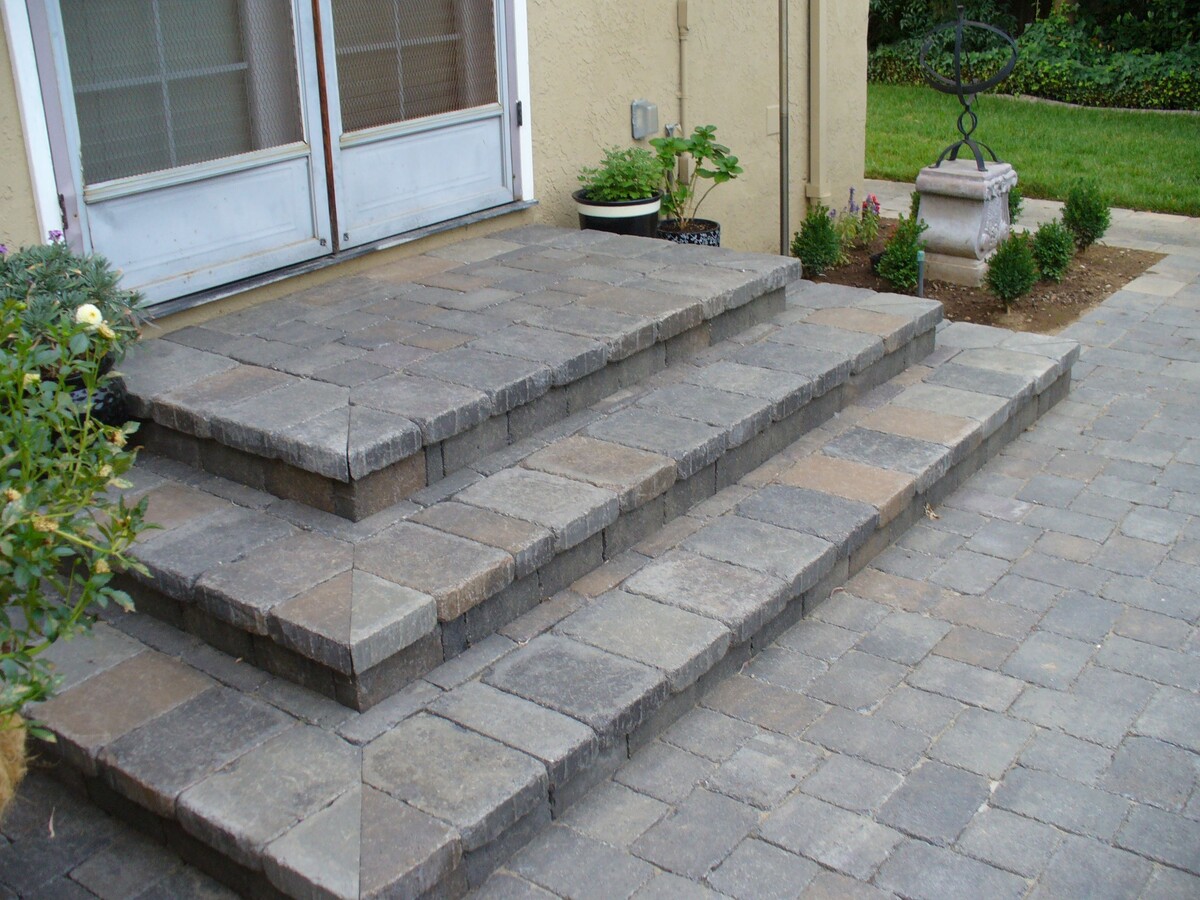
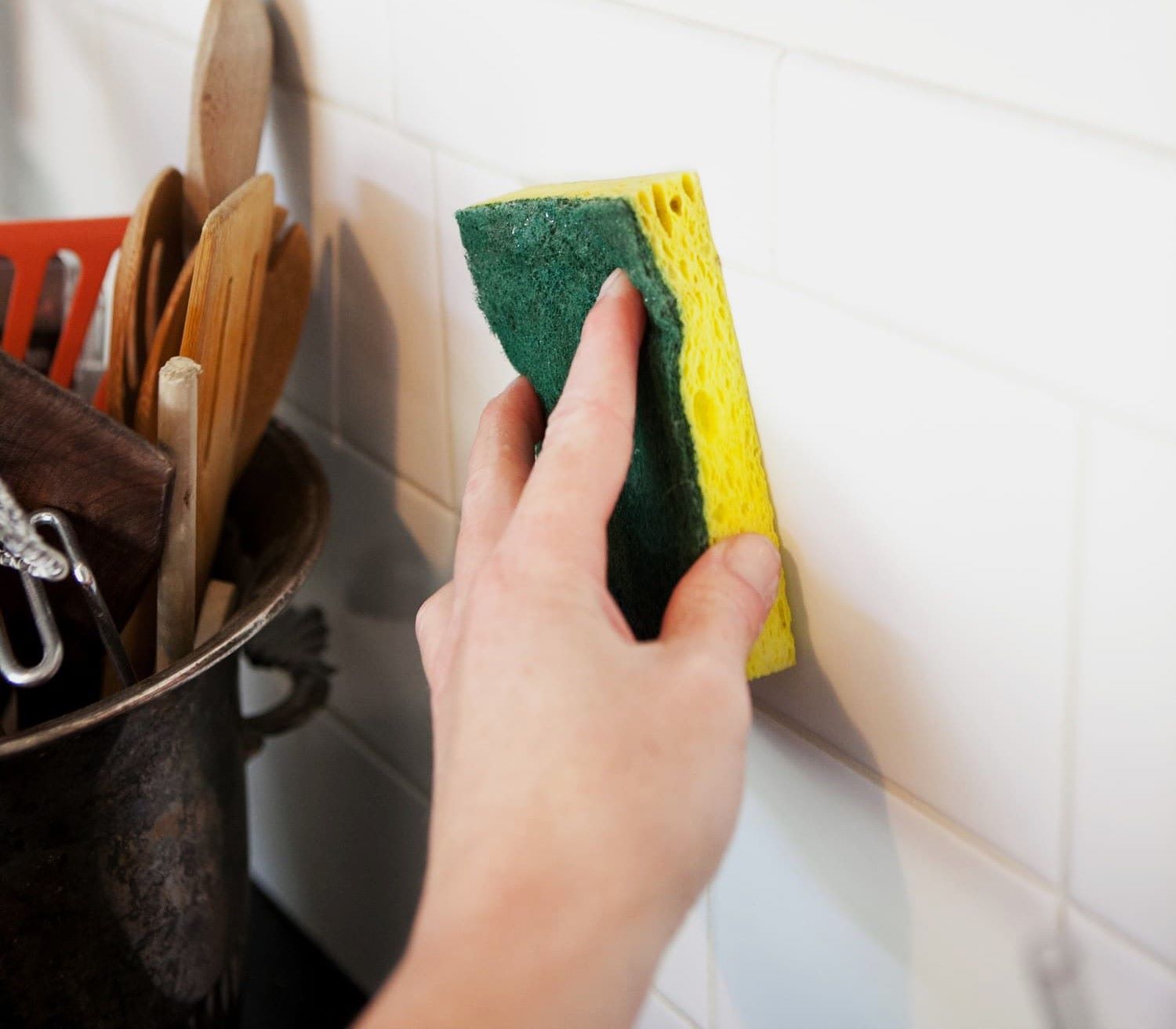
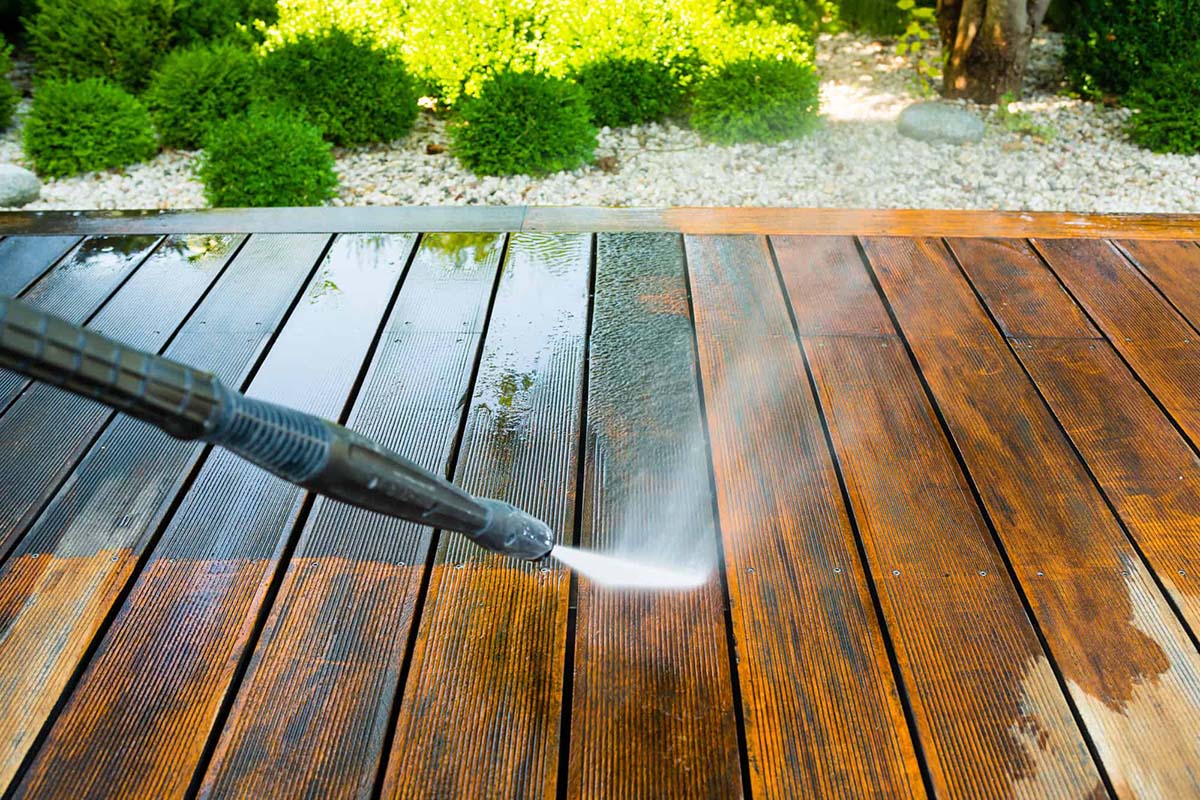
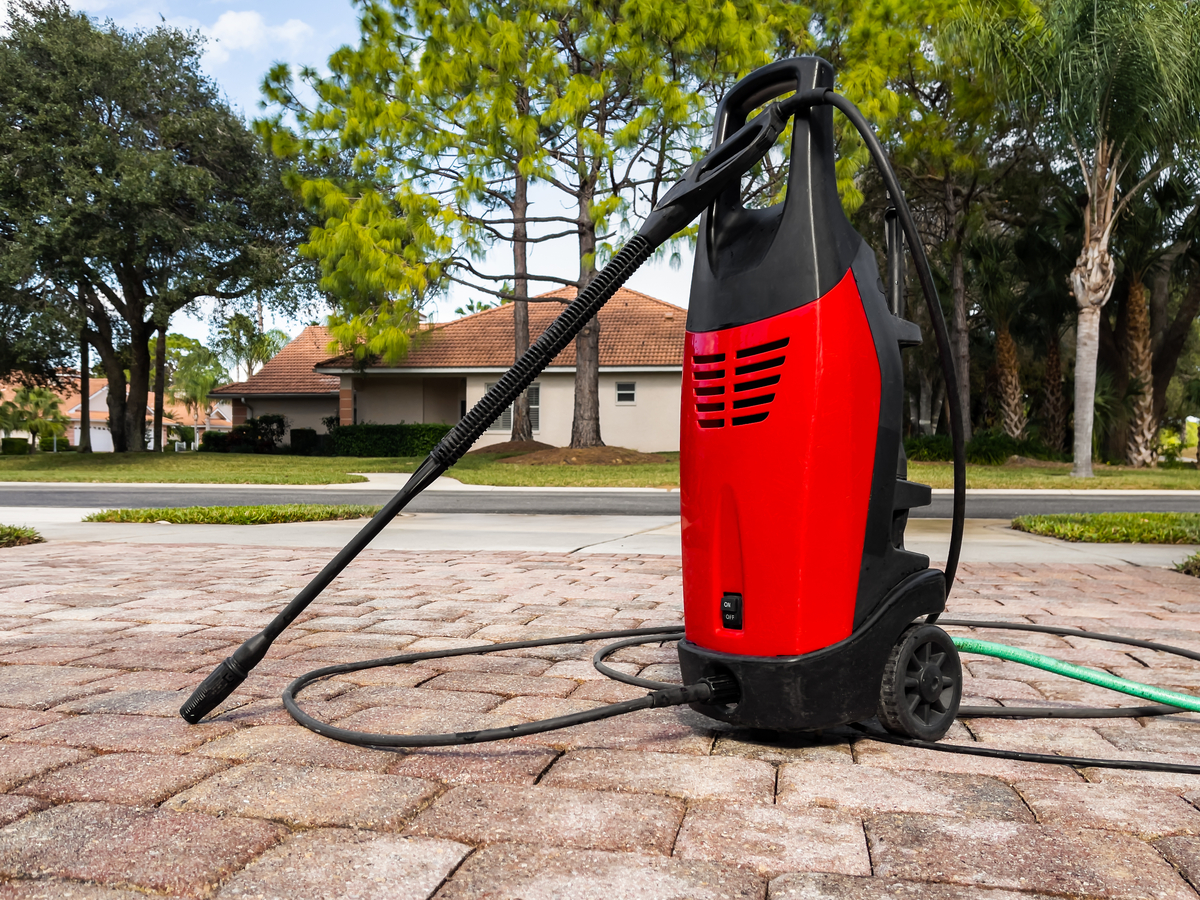
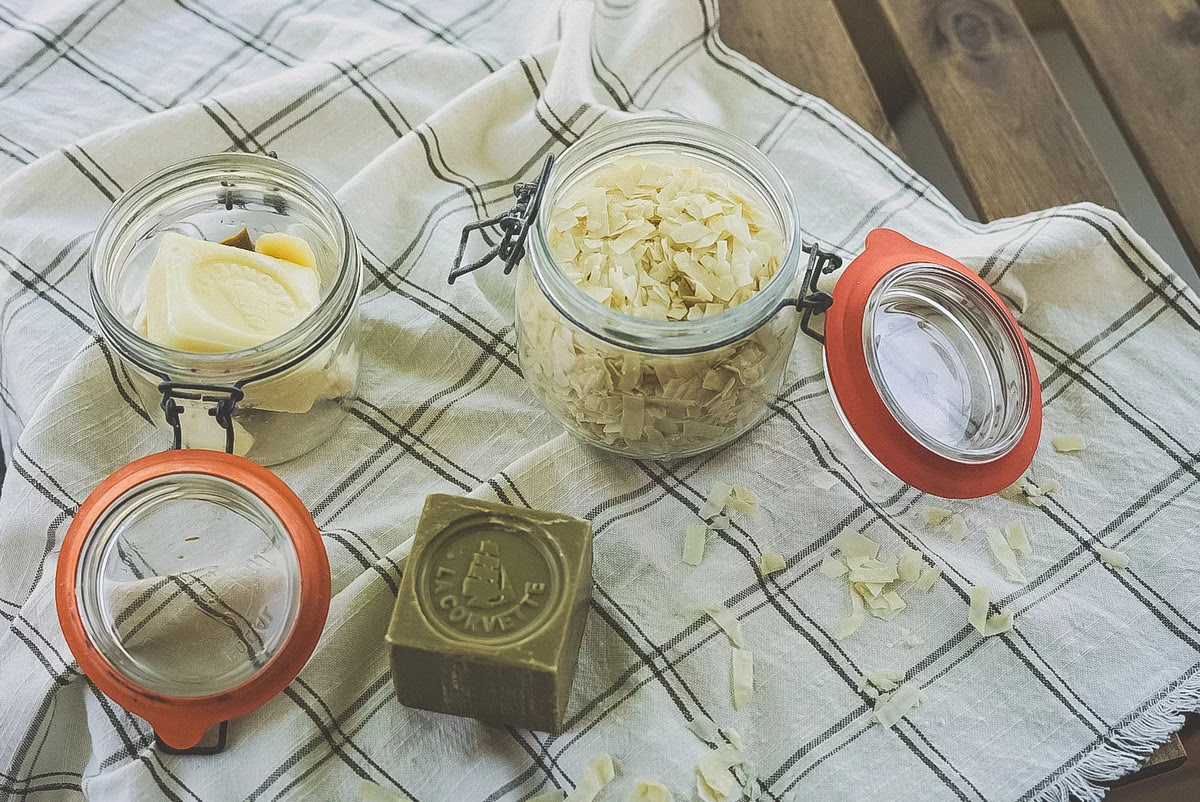
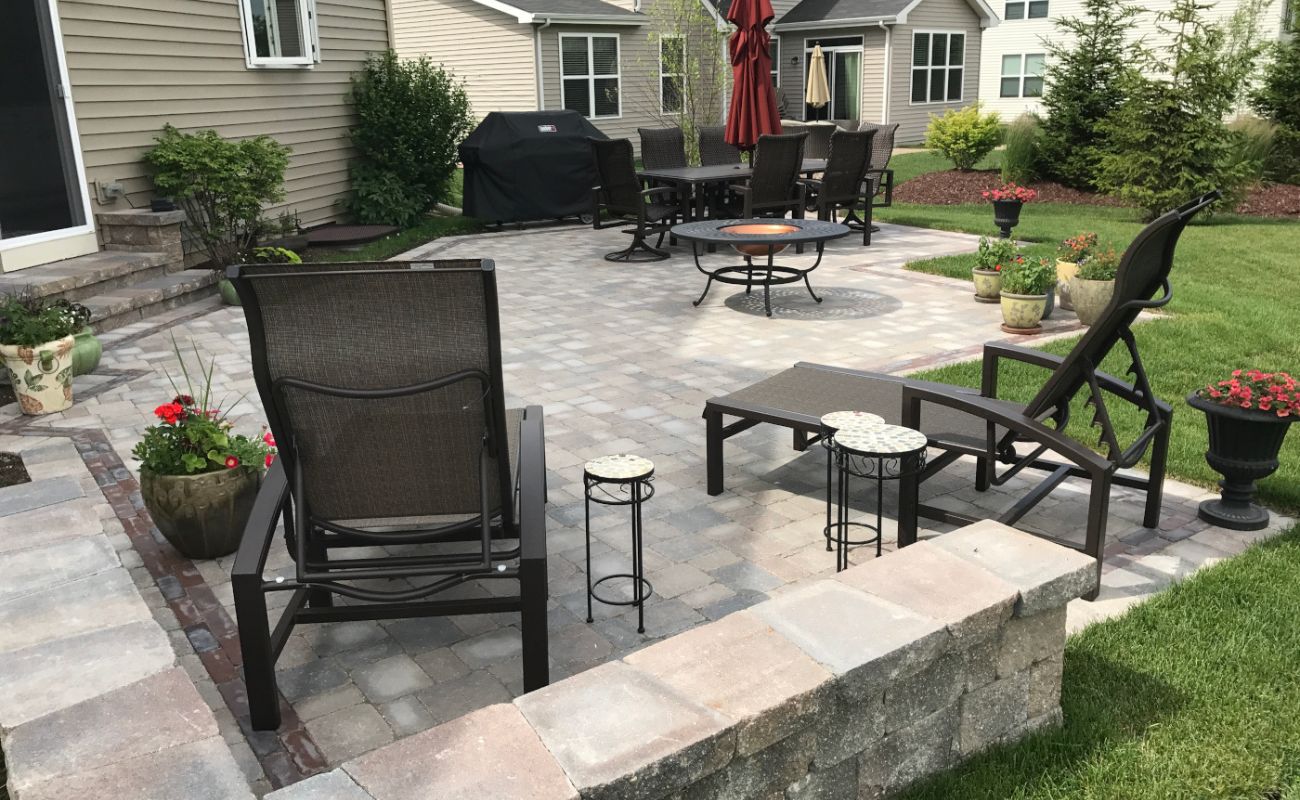
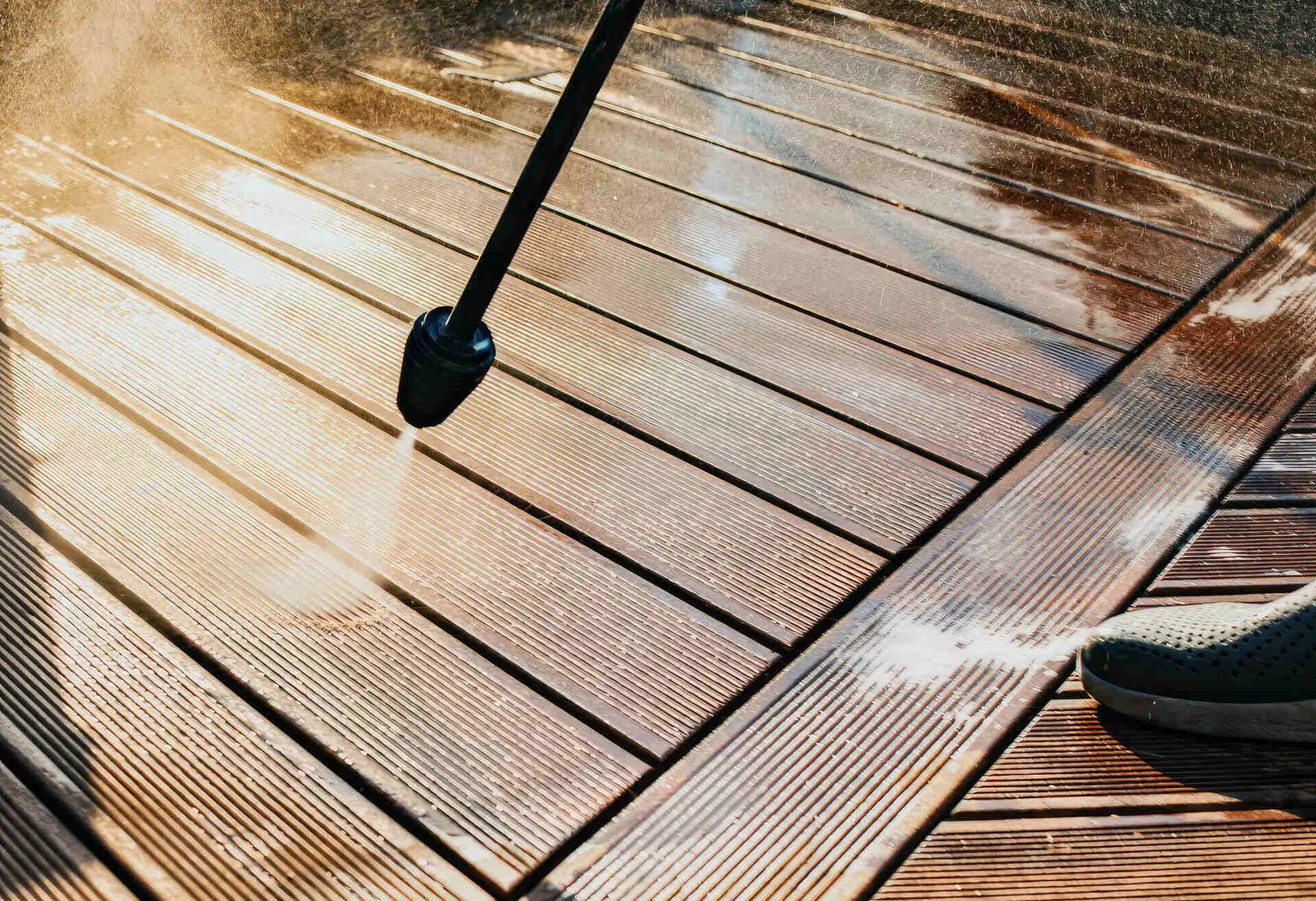
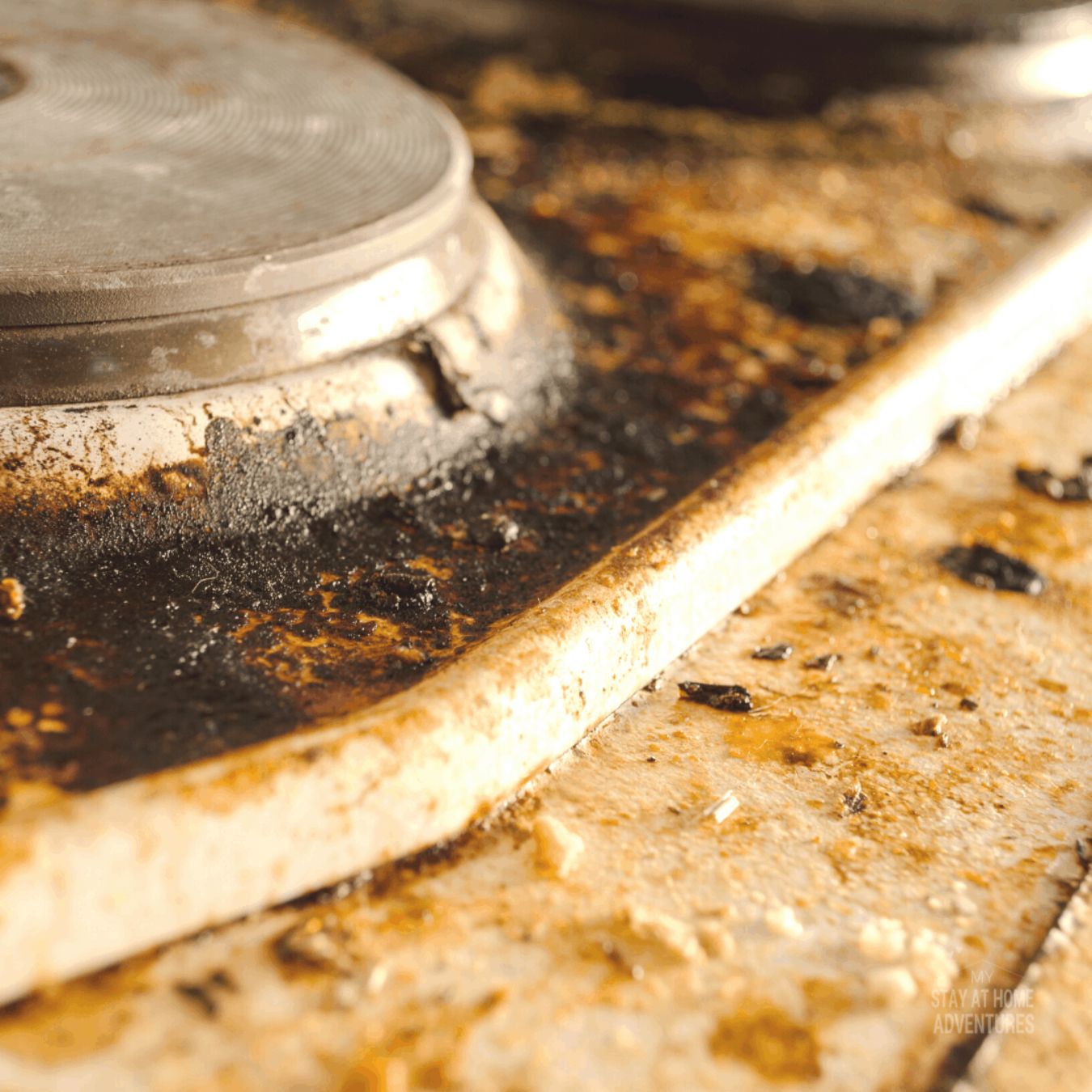
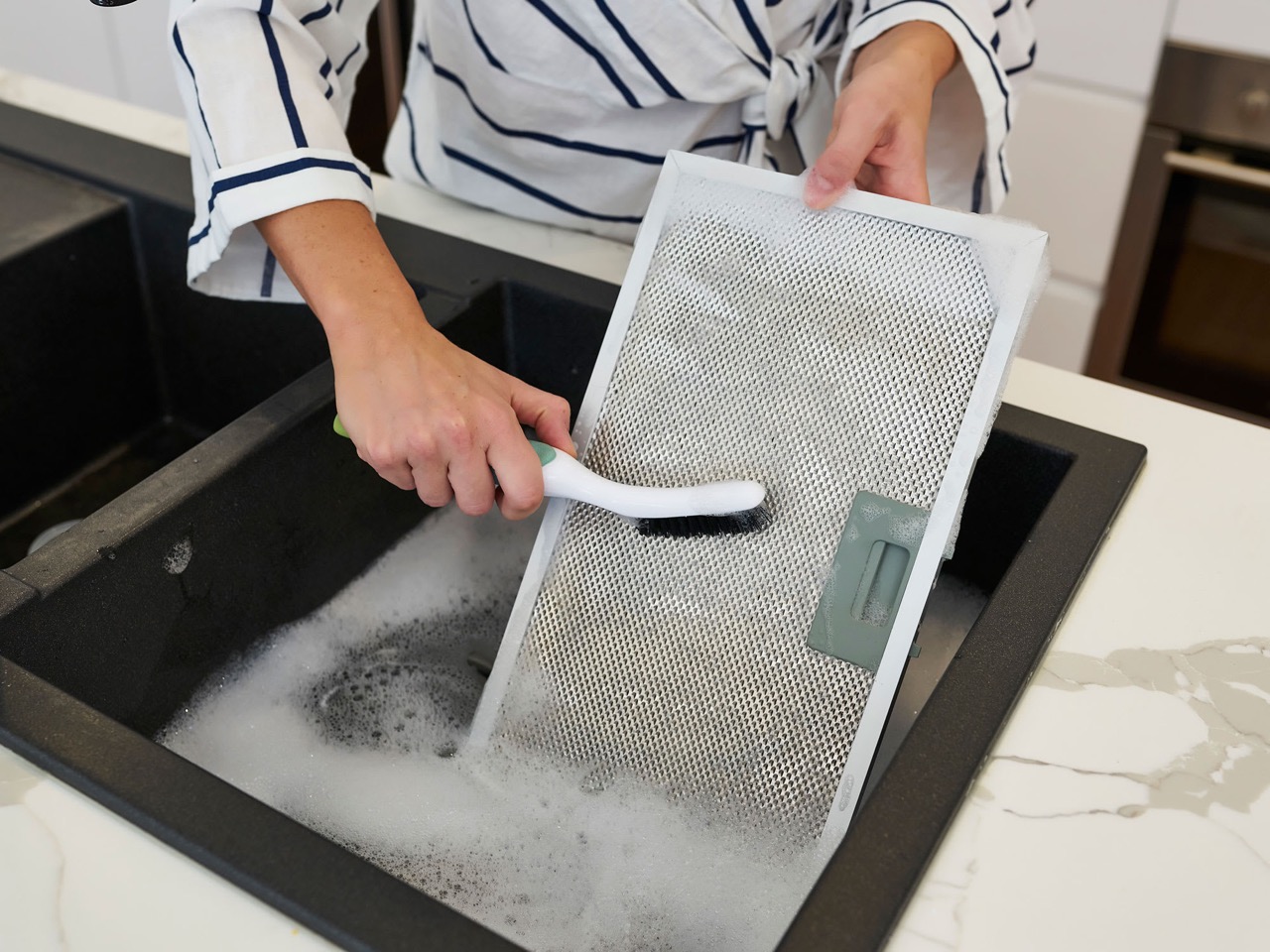

0 thoughts on “How To Remove Grease From Patio Pavers”